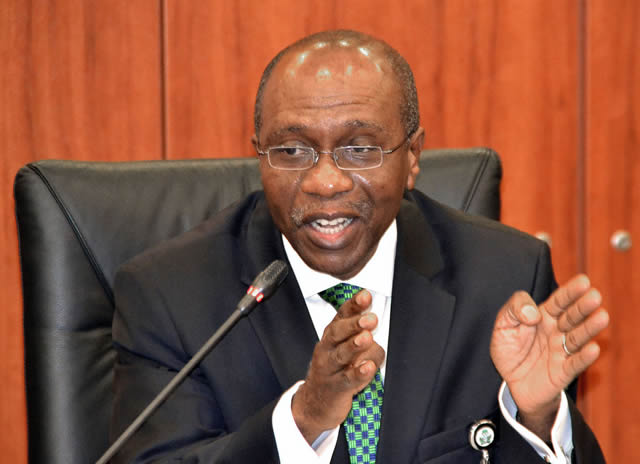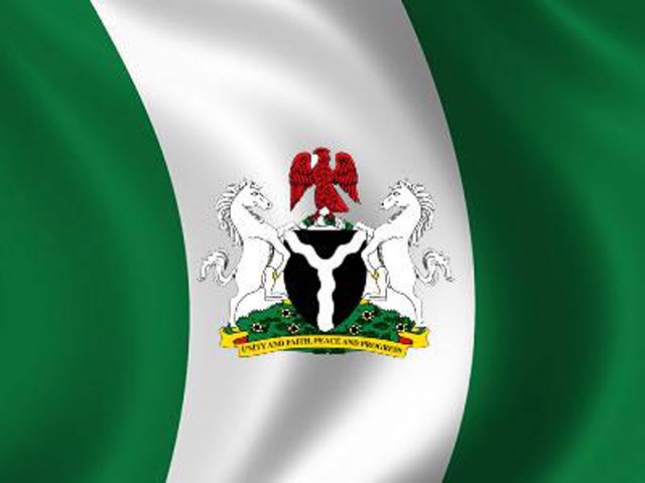In about eight years of its effort to sanitise the nation’s banking industry, the Central Bank of Nigeria (CBN) has committed over N3 trillion to bail out distressed banks in the country just as the sinking fund established to absorb cost of banking crises in the country has welled up to N931 billion from inception, Daily Sun investigation has shown.
The bailout scheme included the N1.725 trillion spent by the Asset Management Corporation of Nigeria (AMCON) to acquire the non-performing loans of banks in the wake of the global financial crises of 2008–2010.
Commenting on the bail out, the former Managing Director of Unity Bank Plc and Finance Consultant, Rislanudeen Muhammad, said: “specifically bail out funds by the CBN as a prelude to AMCON take over for example was a potent way in which financial stability was restored without a single depositor losing his or her funds.
“It also ensures weak non-performing loan and capital adequacy ratios do not graduate into insolvency. Interventions also ensures financial intermediation capacity of banks is guaranteed. As a one off arrangement, that is very good but if it becomes endemic in a vicious cycle, it could give room for what Economists call ‘Moral hazard’ or a situation where banks simply create bad loans because they know at some time some government organisation will take over and free their balance sheets”, he explained. In 2009, the apex bank had injected N620 billion to rescue 10 banks at the heat of the financial crisis. Another N679 billion was expended by the Asset Management Corporation of Nigeria (AMCON) to recapitalise the three Bridge Banks in August, 2011.
Commenting on the resolution of the banking crises then, Dr. Kingsley Moghalu, the erstwhile CBN Deputy Governor in charge of Financial System Stability, noted that unlike other economies where financial stimulus and bailout packages came at huge cost to the tax payers, the CBN, banks and AMCON established the Banking Sector Resolution Cost Fund (Sinking Fund) to absorb cost of crises. He said the 24 banks in the country and the CBN have been designated to contribute 0.5 per cent of their total assets and N50 billion per annum respectively to the fund.
“The net financial cost of stabilising the Nigerian financial system sequel to the global financial crises is estimated at N1.725 trillion. However, following the recent regulatory intervention and takeover of defunct Afribank, Bank PHB and Spring Bank by the AMCON and injection of N679 billion to recapitalise the emergent bridge banks, the cost has moved far higher,” he said. As for the sinking fund, AMCON) has said that the banks have so far contributed N931billion to the fund since inception.
AMCON Managing Director, Ahmed Kuru,who disclosed this last May in Lagos, added that banks contributed N136billion to the sinking fund during the 2016 financial year. Kuru however lamented that the projection was that banks were going to grow at 20 per cent, which never came to pass because of theeconomic recession that hit Nigeria that year.
He said: “In 2016, we had envisaged that the banks would have contributed about N288 billion, but they actually contributed only N136 billion. What we did was just to service the interest of our loan from the CBN. We pray that the contribution to the sinking fund would improve and then our losses would begin to go down.”
Speaking on the performance of the company in 2016, Kuru said, “In 2016, our total recovery was N134billion. Not all of them are cash.
N86.9billion came from cash collection and some debtors that felt that they could settle some outstanding obligation through forfeiture of their assets”.
“So, assets forfeiture amounted to about N30.4 billion, while N8 billion came from sale of properties,” he said. The Chief Financial Officer, AMCON, Olugbenga Ataiyero, who gave a breakdown of the account, noted also that the group losses were reduced by N57 billion to N352 billion at end of December 2016 from N295 billion at end of December 2015.
Therefore, in over a six-year period, AMCON was said to have recovered over N760 billion so far. But according to CBN’s 2016 Financial Stability Report, the amount represents a fraction of its total Eligible Bank Asset (EBAs) purchase price of N1.75 trillion.
Giving the breakdown, the report states that, as at September, 2016, the Corporation made total recovery of N78.76 billion for 2016, which was made up of cash recoveries, asset forfeiture and securities forfeiture.
“This represented a 90.2 per cent increase in the recoveries of N41.42 billion recorded in the corresponding period to September 30, 2015. From its inception to September 30, 2015, the corporation has made total recoveries of N681.541 billion, representing 38.95 per cent of its total Eligible Bank Asset purchase price of N1.75 trillion.” The CBN repot stated that the routine examination of AMCON was conducted during the second half of 2016. The examination focused on the management of the acquired and restructured Eligible Bank Assets (EBAs), the recoveries made, assets disposed and strategies for redemption of liabilities.
It adds: “The net carrying value of AMCON’s outstanding liabilities remained unchanged at N4.5 trillion at end-December 2016. However, the carrying value of its assets net of impairment was N624 billion at end-December 2016, down from N846.41 billion at end-June 2016 following recoveries realised and additional impairments booked by the Corporation. The gap between AMCON’s assets and its liabilities would potentially be covered through the Banking Sector Resolution Cost Trust Fund (BSRCTF) as well as credit recoveries and assets sales by AMCON.
The BSRCTF realised total collections of N175.97 billion during the 2016 financial year while AMCON realised total recoveries of N139.04 billion during the year.”
At the time of its establishment in 2010, AMCON identified 10 banks with crisis in system asset and responded by the injection of N736 billion liquidity to buy up their assets. The original book value of the acquired non-performing loans (NPLs) was N4.02trillion at a price of N1.76 trillion with a commensurate issue of Zero Bond for the NPL acquired. Among the 10 banks, only three banks were unable to meet up and were finally acquired by AMCON and tagged as Bridged Banks: They included Mainstreet Bank, formely Afribank; Keystone Bank(Bank PHB) and Enterprise Bank (Spring Bank). The CBN report also raised a red flag about the rising NPL in the banking sector as NPL ratio moved from 11.7 per cent to 12.8 per cent at the end of 2016.
The report states: “During the period under review, credit risk trended higher as the industry wide NPL ratio moved from 11.7 per cent to 12.8 per cent at the end of 2016 and non-performing loans grew to N2.09 trillion at end-December 2016, from N1.7trillion at end-June 2016. Total exposure of the top 50 obligors stood at N5.59 trillion (34 per cent) of total industry credit exposure of N16.29 trillion.
At end-December 2016, loans to the oil and gas sector constituted 30.02 per cent of the gross loan portfolio of the banking system as credit to that sector grew from N4.51trillion, to N4.89trillion. Loans to state governments declined marginally to N1.38 trillion from N1.4trillion at end-June 2016.”AMCON tags debtors economic saboteurs.
The Asset Management Corporation of Nigeria (AMCON) has described debtors of the Corporation as economic saboteurs and should be made to fulfill their obligations for economic growth.
The Corporation described as unacceptable the way economy was ‘bleeding’ while the debts owed it by 350 Nigerians would be enough to fund the deficit in the 2017 budget.
Its Managing Director , Kuru said that henceforth AMCON would move hard on such debtors with a view to freeing some money for the economy to grow.
Kuru, who spoke in Enugu during a retreat for AMCON and members of the House of Representatives Committee on Banking and Currency said that the obligors owed the corporation to the tune of N2.5 trillion, adding that the prevailing situation had hampered business models in the country. He said that it was more intriguing that the debtors had sued in various courts across the country either by disputing the debt or claiming damages against AMCON.
“Our recent assessment of obligors identified 350 accounts that represent about 80 per cent of AMCON’s current exposure of N2.5 trillion as at Dec. 31, 2016.
“Consequently, we have repositioned our debt recovery approach to strengthen legal and credit restructuring units to collaborate on the aforementioned accounts termed defaulters,” he said.
He said that the Corporation was established to intervene in the banking sector to maintain economic and social stability in Nigeria due to the unprecedented rise in nonperforming loans.
“AMCON acquired over 13, 000 of such loans worth N3.7 trillion from 22 banks and injected N2.2 trillion as financial accommodation to 10 banks in order to prevent systemic failure.
“This intervention helped stabilise the financial system as about N3.66 trillion of depositors’ funds and interbank takings were protected and approximately 14,000 jobs were saved,” he said.
Kuru said that AMCON had so far recovered N716.1 billion from obligors of which cash and assets accounted for 45 per cent and 55 per cent respectively.




